Writing a letter to a solicitor template
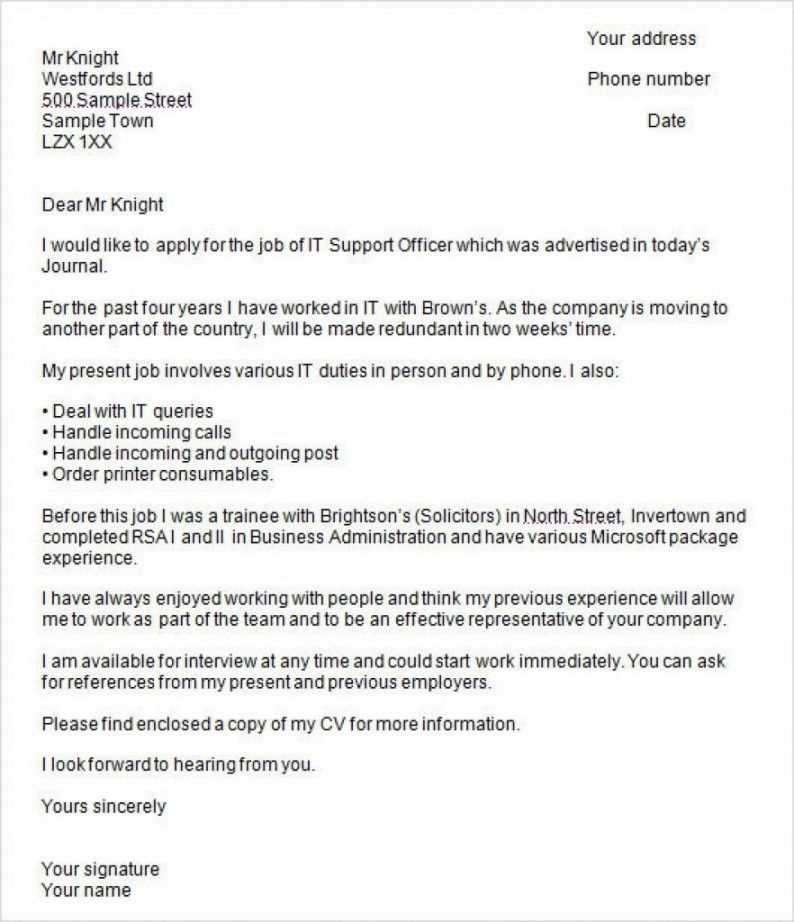
When writing a letter to a solicitor, clarity and professionalism are key. Begin by addressing the solicitor properly, using their full title and correct contact information. This sets the tone for a respectful and businesslike communication.
State the purpose of your letter clearly. Whether you are seeking advice, requesting representation, or discussing a legal matter, be specific about what you need. Avoid unnecessary details and focus on the core issue.
Provide relevant background information to give the solicitor a clear understanding of the situation. Include dates, parties involved, and any documents or evidence that might support your case. This will help the solicitor provide accurate advice or determine the next steps.
Finally, close the letter professionally. Thank the solicitor for their time, and express your expectation for a response within a reasonable time frame. End with a polite sign-off and your contact details for follow-up.
How to Start Your Letter with the Right Formalities
Begin your letter with a respectful salutation. If you know the name of the solicitor, use “Dear [Title] [Last Name],” such as “Dear Mr. Smith.” This shows professionalism and personalizes the communication. If you are unsure of the solicitor’s gender or prefer a neutral approach, use “Dear [Full Name],” like “Dear Alex Taylor.” Avoid overly casual greetings like “Hi” or “Hello.” Ensure that the title is correct, such as “Ms.” or “Dr.” if applicable.
Next, follow with a clear statement of your purpose. For example, “I am writing to seek your advice on…” or “I wish to inquire about…” This direct approach sets the tone and immediately communicates the reason for your letter.
If you’re responding to a prior communication, acknowledge it briefly. For example, “Thank you for your recent letter regarding…” or “I appreciate your prompt reply to my inquiry.” This not only shows appreciation but also creates a seamless transition into the main content of the letter.
Key Information to Include About Your Legal Issue
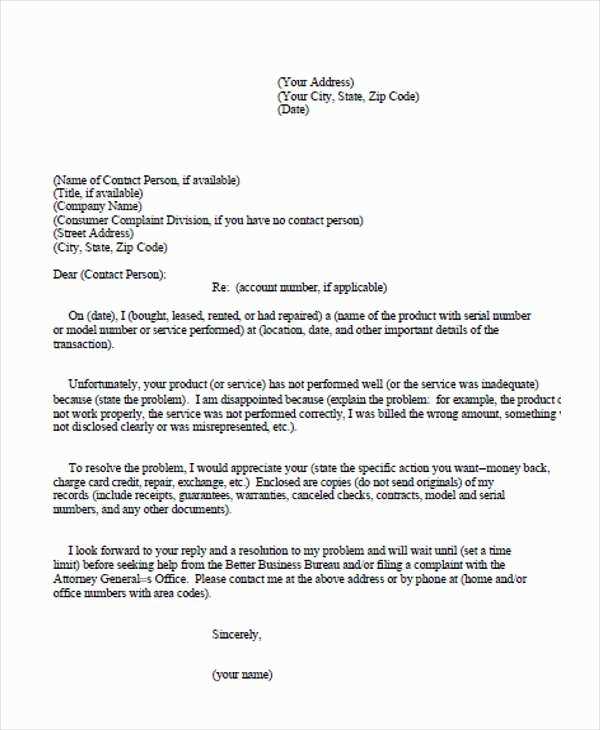
Provide a clear description of the issue you are facing. Specify the key facts, dates, and events that led to the situation. Be concise, but don’t omit details that could be important for understanding the matter. Include any relevant documentation or contracts that are linked to the issue. If possible, highlight any actions you have already taken, such as contacting other professionals or filing complaints.
Describe Parties Involved
List all parties involved, including their roles in the situation. If there are multiple parties, clearly identify who is responsible for what. This helps the solicitor understand the scope of the issue and who may need to be contacted or sued.
Clarify Your Desired Outcome
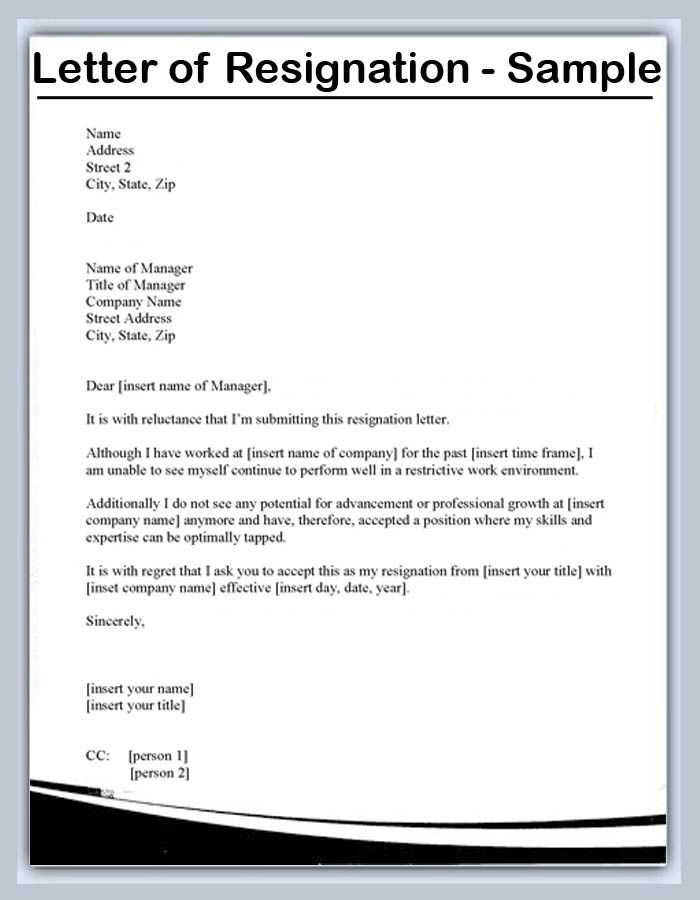
State clearly what you hope to achieve. Whether you are seeking compensation, a contract revision, or legal representation, make sure your solicitor understands your expectations from the outset. This will help them provide you with the most relevant advice and potential solutions.
How to Address the Solicitor Properly in the Letter
Begin by using the solicitor’s full name followed by their professional title. If you know the solicitor’s specific role, such as “Senior Partner” or “Managing Solicitor,” include that information for a more personalized approach. In formal cases, use “Dear Mr./Ms. [Last Name],” which shows respect while maintaining professionalism.
If you are unsure of the solicitor’s gender or prefer neutrality, simply address them by their full name. For example, “Dear [Full Name],” keeps the tone formal and respectful without making assumptions.
Avoid using informal greetings such as “Hi” or “Hey,” as these can come across as too casual. If the solicitor works in a law firm, address them by their last name, unless they have specifically asked you to use their first name. If you’re writing to a solicitor in a team, you may address them collectively as “Dear [Firm Name] Solicitors” if you are unsure who will handle the letter.
Providing Relevant Details for a Clear Understanding of Your Case
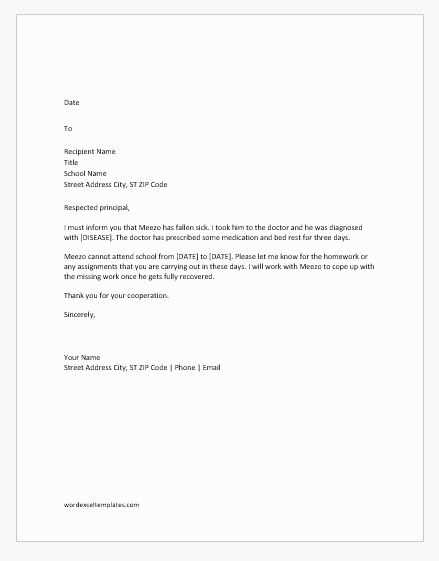
Clearly outline the facts of your case. Include dates, locations, and any events that are directly related to the issue. Mention the parties involved and their roles, including witnesses if relevant. Specific details will help your solicitor assess the case accurately.
If there are any documents, agreements, or emails that support your case, provide copies of these materials. Make sure the solicitor has access to all relevant evidence, as this will help build a stronger case.
Explain any previous attempts to resolve the issue, such as communications with the other party or negotiations. Mention any outcomes or responses you’ve received. This gives the solicitor a full picture of your efforts and the current situation.
If there are any deadlines or time-sensitive aspects, be sure to highlight them. Let the solicitor know about any pressing dates to ensure your case progresses without delay.
Be clear about your goals. Specify what outcome you are seeking, whether it’s a settlement, legal action, or another resolution. A clear objective will guide your solicitor in taking the best course of action.
What to Expect After Sending Your Letter

After sending your letter to a solicitor, you can expect to receive an acknowledgment of receipt. This may be in the form of a simple confirmation email or a letter. Solicitors often take a few days to process incoming correspondence, so don’t be alarmed if there’s a short wait before you hear back.
In some cases, the solicitor will provide you with a timeline for how long it will take to review the contents of your letter. This gives you a clear idea of when you can expect further updates.
Here’s what may follow after sending your letter:
- Review of Your Case: The solicitor will assess the details provided in your letter and determine if they can assist with your issue. This stage can take a few days to a few weeks, depending on the complexity of the matter.
- Request for Additional Information: If the solicitor needs more details to proceed, they will reach out with specific questions or requests. Be ready to provide the requested documents or clarifications to avoid delays.
- Initial Legal Advice: If the solicitor decides to take on your case, they will provide you with an initial response, which might include advice on your legal position, options, and the next steps.
- Agreement on Fees: Once the solicitor understands the scope of your case, they will outline their fees and payment structure. Ensure you fully understand the costs involved before proceeding.
- Next Steps: Depending on your case, the solicitor may start drafting legal documents, contacting other parties, or taking action on your behalf. They will keep you informed of key milestones along the way.
Solicitors are required to act in your best interests, so expect clear communication and updates throughout the process. Keep track of all correspondence and ask for clarification if you don’t understand any part of the communication.
How to Follow Up if You Don’t Receive a Response
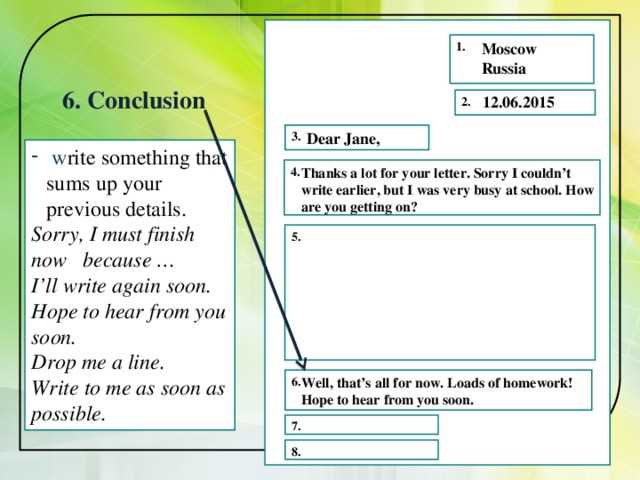
If you haven’t received a response within the expected timeframe, it’s time to follow up. Start by sending a polite reminder email. Keep the tone professional and respectful, reiterating your previous communication and briefly stating your reason for following up.
Be clear about your expectations and any deadlines that may apply. This helps the solicitor prioritize your request. Mention that you’re happy to provide further details or clarification if needed, but avoid sounding demanding or impatient.
If you don’t hear back after the follow-up email, consider making a phone call. A phone call can sometimes prompt a quicker response than an email, especially if the matter is urgent. Be polite and concise, and ensure you keep a record of the conversation for future reference.
If there’s still no response, send a second follow-up, giving the solicitor an opportunity to explain any delays. Be firm but polite in expressing the importance of resolving the matter and mention any relevant timeframes again.